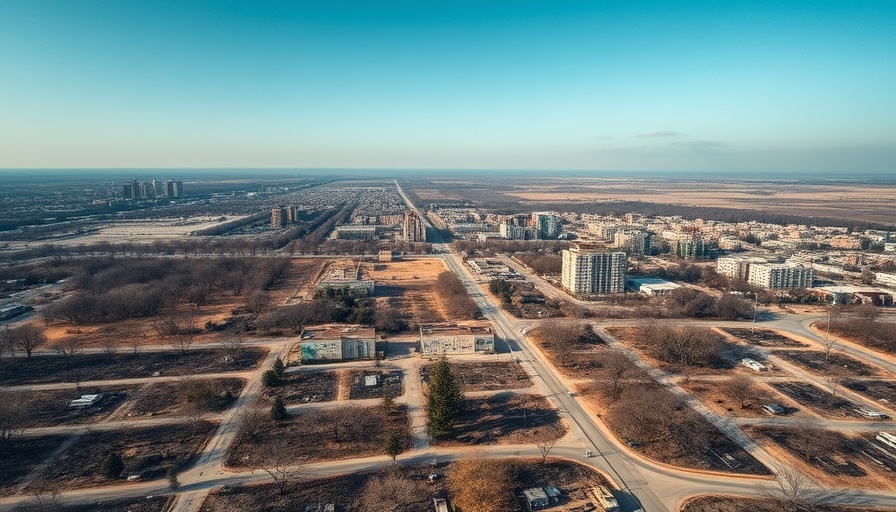
Lessons Learned from the Tragedy of the Palisades Fire
The devastating Palisades Fire of January 2025 left scars not only on the landscape of Los Angeles but also on the community’s psyche. With 12 lives lost and thousands displaced, the aftermath has prompted critical changes within the Los Angeles Fire Department (LAFD). Following the fire, the LAFD conducted an extensive after-action review that revealed both the successes and the myriad challenges faced during the emergency response.
The report outlined key failures, such as inadequate resources, poor leadership coordination, and ineffective communication. One startling revelation was that many firefighters worked more than 36 hours without breaks, leading to exhaustion that severely impacted decision-making capabilities. The combination of dry vegetation and hurricane-force winds created an exceptionally dangerous firefighting environment, often referred to as a “perfect storm” for fire behavior.
Immediate Changes in Emergency Response
In response to the findings, the LAFD has committed to significant changes. For instance, during future 'Red Flag Warnings', all staff will be immediately recalled to duty, ensuring that firefighting apparatuses are fully staffed irrespective of fiscal implications. This proactive stance is vital for a city frequently challenged by wildfires, particularly with changing climate conditions leading to increased fire risks.
Additionally, the department is working on improving its public notification systems, addressing past failures to communicate evacuation orders promptly, which contributed to chaos during the fire. These changes are critical for ensuring that residents can act swiftly and effectively in the face of natural disasters.
Community Support and Recovery
The human toll of the Palisades Fire cannot be overstated, with countless families left to rebuild their lives amidst the rubble. Community initiatives and outreach programs are emerging to assist those displaced by the fire, united in the mission to help residents find housing and rebuild. The Mayor's Office has pledged ongoing support, emphasizing that every day families remain displaced is unacceptable.
This collaborative community response not only provides essential resources but also modernizes the way LA approaches fire safety and response. Local groups are even beginning to foster discussions about environmental sustainability and fire resilience, aiming to educate residents on proactive measures they can take to safeguard their homes during peak fire seasons.
Looking Forward: A Hopeful Perspective
As the city of Los Angeles mourns the losses incurred during the Palisades Fire, it also stands at a crossroads of opportunity—an opportunity to learn, adapt, and rebuild with a focus on community resilience. With enhanced training and resource management, the LAFD is taking steps towards a future where such tragedies can be mitigated. For the residents of the Bay Area who are also familiar with devastating wildfires, this story is a reminder of the importance of preparedness and community collaboration in facing environmental crises.
This fire was a wake-up call, revealing not just the destructive capabilities of nature but the strength of a community in recovery. As we reflect on the impacts of the Palisades Fire, let's remain vigilant and proactive, committed to ensuring that our fire response strategies improve continuously, paving the way for a safer, more resilient future for all.
 Add Row
Add Row  Add
Add 



Write A Comment